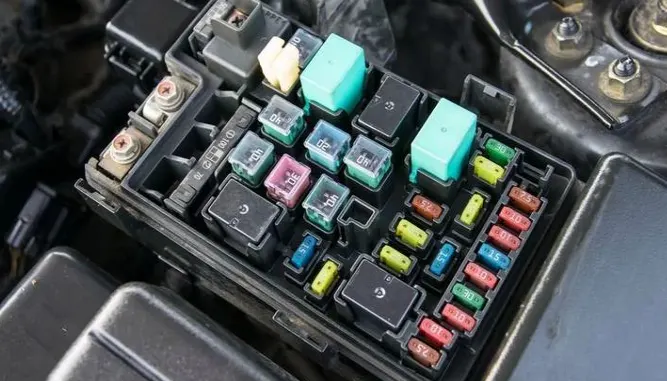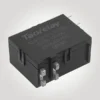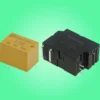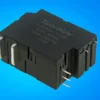Introduction
The relay in automotive systems plays a critical role in controlling high-current components using low-current signals. As vehicles become increasingly electronic, relays are essential for enabling safe, reliable, and efficient operation of everything from headlights to fuel pumps and ECU systems.
Understanding how automotive relays work, where they are used, and how to choose the right one can help ensure the longevity and performance of any vehicle’s electrical system.

What Is a Relay in Automotive?
A relay in automotive is an electromechanical or solid-state switch that allows a low-current circuit (such as a control switch or ECU output) to operate a high-current load, like a starter motor, horn, cooling fan, or power windows.
This separation of control and power circuits offers safety, efficiency, and reliability, especially in modern vehicles with complex wiring systems.
How Does an Automotive Relay Work?
Automotive relays typically consist of:
- An electromagnet (coil): Energized by the control circuit.
- Contacts: Open or close to allow high current to pass when the coil is activated.
- Spring mechanism: Returns contacts to their default state when de-energized.
When voltage is applied to the coil, it creates a magnetic field that moves the internal switch (contacts), allowing high current to flow to the target device (like a fuel pump or headlamp).
Common Types of Automotive Relays
- Mini Relays (ISO 280 format)
Standardized compact relays used for lights, wipers, and horn circuits. - Micro Relays
Smaller form factor, often used in newer vehicles with space constraints. - Power Relays
Designed for heavy loads like starter motors or HVAC compressors. - Time Delay Relays
Used to delay the opening or closing of a circuit (e.g., interior lights delay). - Solid-State Relays (SSR)
Offer faster switching and better resistance to vibration—ideal for ECU-controlled systems.
Applications of Relays in Automotive Systems
- Headlights and Fog Lights
Allows dashboard switches to control high-wattage lights safely. - Electric Cooling Fans
Regulates engine temperature by turning fans on/off based on ECU signals. - Fuel Pump Control
Activates the pump only when ignition is on, improving safety and fuel management. - Power Windows and Sunroofs
Ensures high current delivery to motors without damaging the control switches. - Horn and Alarm Systems
Provides rapid, reliable switching of high-decibel warning devices.
Benefits of Using Relays in Automotive Systems
- ✅ Protects low-current circuits from overload
- ✅ Extends switch and ECU lifespan
- ✅ Enables control of high-power devices with small, efficient wiring
- ✅ Improves vehicle safety and reliability
- ✅ Reduces heat and wear in control circuits
How to Choose the Right Automotive Relay
When selecting a relay for automotive use, consider:
- Voltage rating (usually 12V DC in vehicles)
- Contact rating (current capacity)
- Pin configuration and size
- Mounting type (PCB, plug-in, socket)
- Environmental resistance (vibration, water, dust)
Always ensure the relay complies with automotive-grade standards and has certifications like ISO/TS16949 or AEC-Q200.
Conclusion
The relay in automotive systems is a small yet powerful component that ensures efficient control of vital electrical functions. From engine systems to lighting and safety, automotive relays are essential for modern vehicles. Choosing the right relay enhances system reliability, safety, and performance—making it a key component for automotive engineers and DIY enthusiasts alike.




